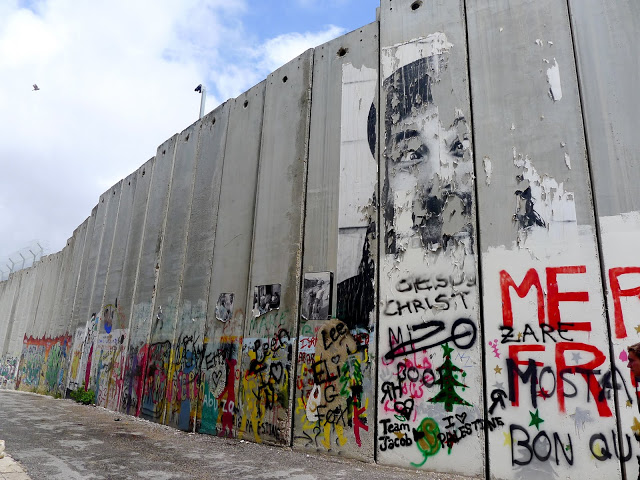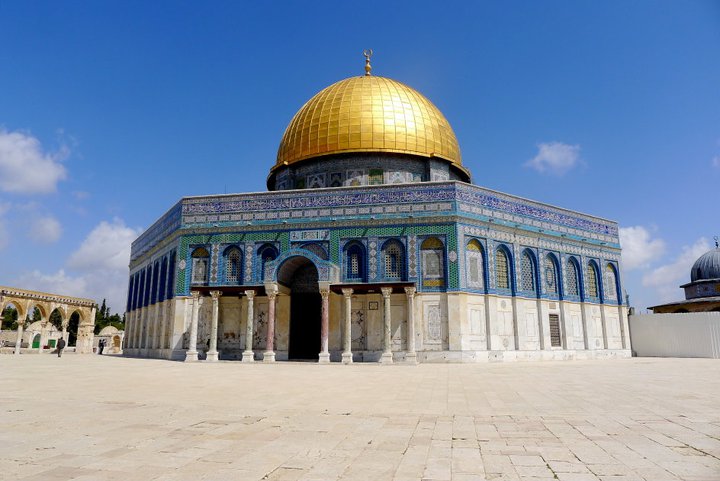
The Holy Land
As the birthplace of Christianity, Promised Land of Judaism and important religious center of Islam, Israel is a country teeming with passionate religiosity and an eclectic mix of people. Its capital city, Jerusalem, is no doubt one of the most fascinating and overwhelming cities I have been to in my life. It is a place where one can see Hasidic Jews walking by the birthplace of the Virgin Mary as the Muslim call to prayer wails in the background.
Yet, while Jerusalem is a cosmopolitan city with vast historical significance and a seemingly peaceful coexistence of the three monotheistic faiths, it is deeply disputed city and the epicenter of a conflict that has transcended the borders of the tiny nation and captured the attention of the entire world. One must only travel a few minutes east of the city to comprehend the magnitude of inequality and suffering that is so often overlooked in the media. Like Lebanon, Israel is a land of contrasts and densely packed with emotions and tensions that can flare violently. It contains deeply entrenched fault-lines as solid as the concrete physical barrier that divides it from Occupied Palestine.
I left for Israel with a few friends after class on Thursday. Though the distance between Amman and Jerusalem is only 44 miles, the border crossing can last an eternity. The Israeli border officials are known for their endless questioning and indiscriminate security checks and, as a result, I was a bit nervous. Considering Israel’s relationship with the other countries in the region, I feared that my seven passport stamps from Arab nations might prevent me from being able to cross the border. I had heard horror stories about people being turned back for little reason and saw myself as an easy target.
Yet, at that border crossing I learned what it meant to be a Caucasian girl with an American passport. While three of my friends who had Arab last names were held at the border and asked the same questions for hours, those of us who were white, passed through with no problem. As a result, I was able to spend the evening wandering the bustling streets of New Jerusalem, while my friends endured hours of interrogation.
Was this fair? No. But I soon found out that justice is not something I would see a lot of during my three-day visit to the country.
I spent the remainder of Thursday walking around New Jerusalem with my friend, Brooke and two other Americans we had met at the border. They were studying in Amman on a different program and we had a wonderful time walking around together and sharing our travel experiences and thoughts on the Middle East. While Old Jerusalem becomes nearly empty at sunset, New Jerusalem thrives with nightlife. Packed with outdoor cafes, a hopping bar scene and strolling couples, the environment felt remarkably more European than Middle Eastern.
We spent the next day wandering around the Old City and retracing the footsteps of early Christianity, Judaism and Islam. Our sightseeing began at the Church of the Holy Sepulcher—both the sight of Jesus’ crucifixion as well as his alleged tomb. The church, though unassuming from the outside, parallels some of the most beautiful cathedrals I have ever seen on the inside. It is covered in mosaics, paintings and dimly lit passageways that give it an almost eerie feel. The church lies at the end of the Via Dolorosa, the path that Jesus walked along as he carried the cross on the way to his crucifixion. It is sometimes possible to see groups of highly devoted Italian and Spanish tourists lugging their own rented crosses up the street.
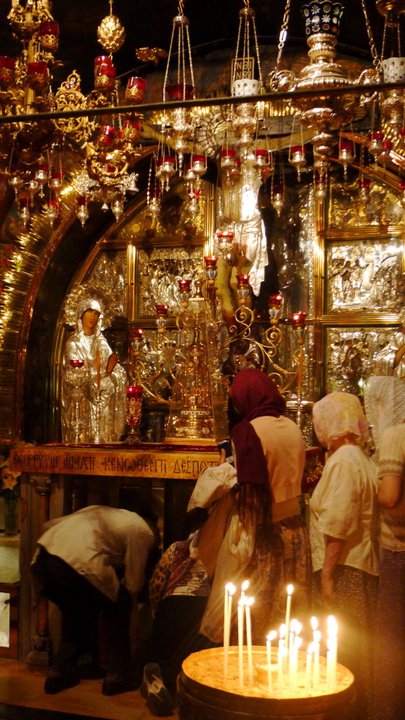
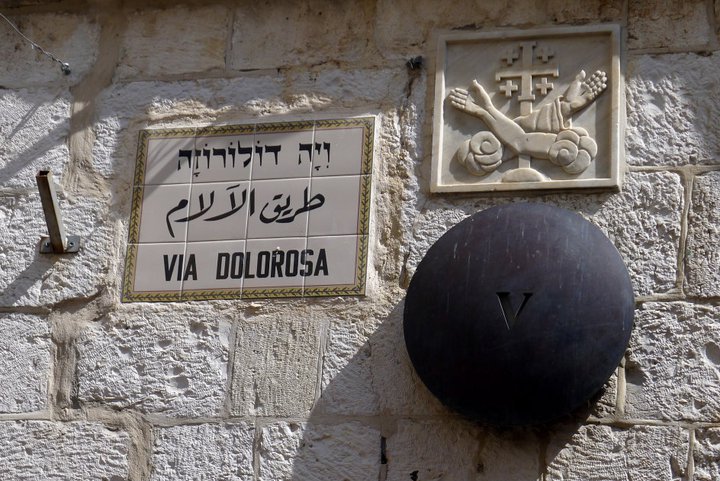
From there, we headed toward the Wailing Wall at the edge of the Temple Mount. The Wall has been a sight of Jewish pilgrimage and prayer for centuries. It is the only remnant of the Second Temple (an ancient place of Jewish sacrifice) and sits at the edge of the Temple Mount (the third holiest site in Islam after Mecca and Medina). As a result of its historical importance, the Wall has often been a point of tension between people of the two faiths, as each group lays claim to it. Today, the Wall is a place teeming with tourists and worshippers. It is the place where Hasidic Jews, secular Jews and Jews from abroad, write prayers on small slips of paper and shove them in between cracks in the wall.
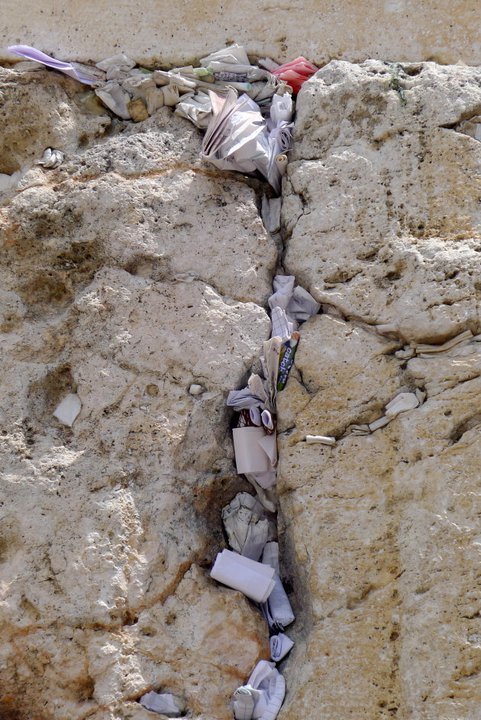
From the Wailing Wall, we visited the room of the Last Supper, the tomb of King David and continued on to the Mount of Olives. The mount has traditionally been used as a Jewish cemetery, but it is also the place in which some believe that Jesus sweat blood, was arrested before his crucifixion and ascended to heaven. The Mount of Olives also offers some of Jerusalem’s most spectacular views of the Dome of the Rock and the Old City.

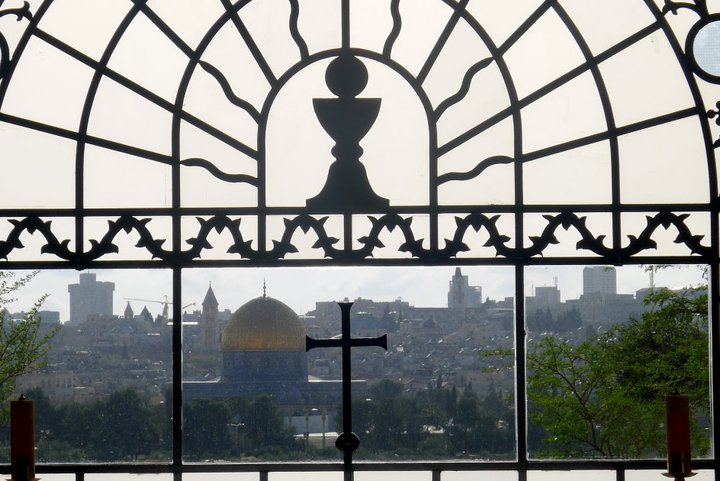
We ended our whirlwind tour of religious sights at the Mount of Olives. The next day, we would resume our tour of the Holy Land and encounter countless other historical and religious monuments, both in Jerusalem and across the border in Palestine.
